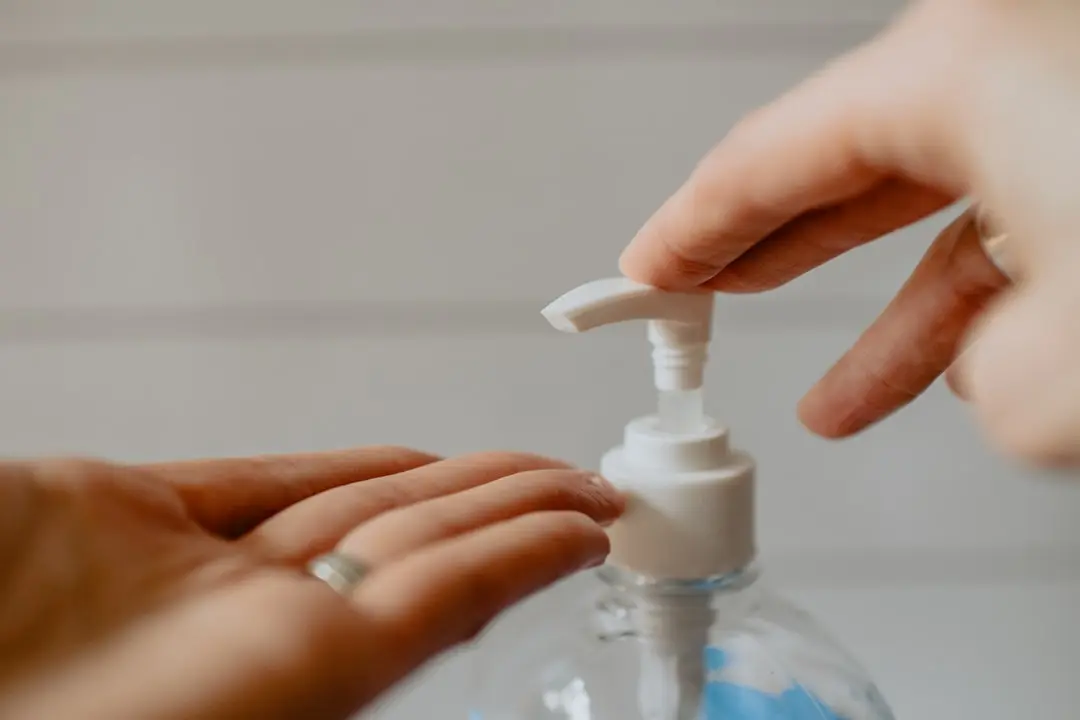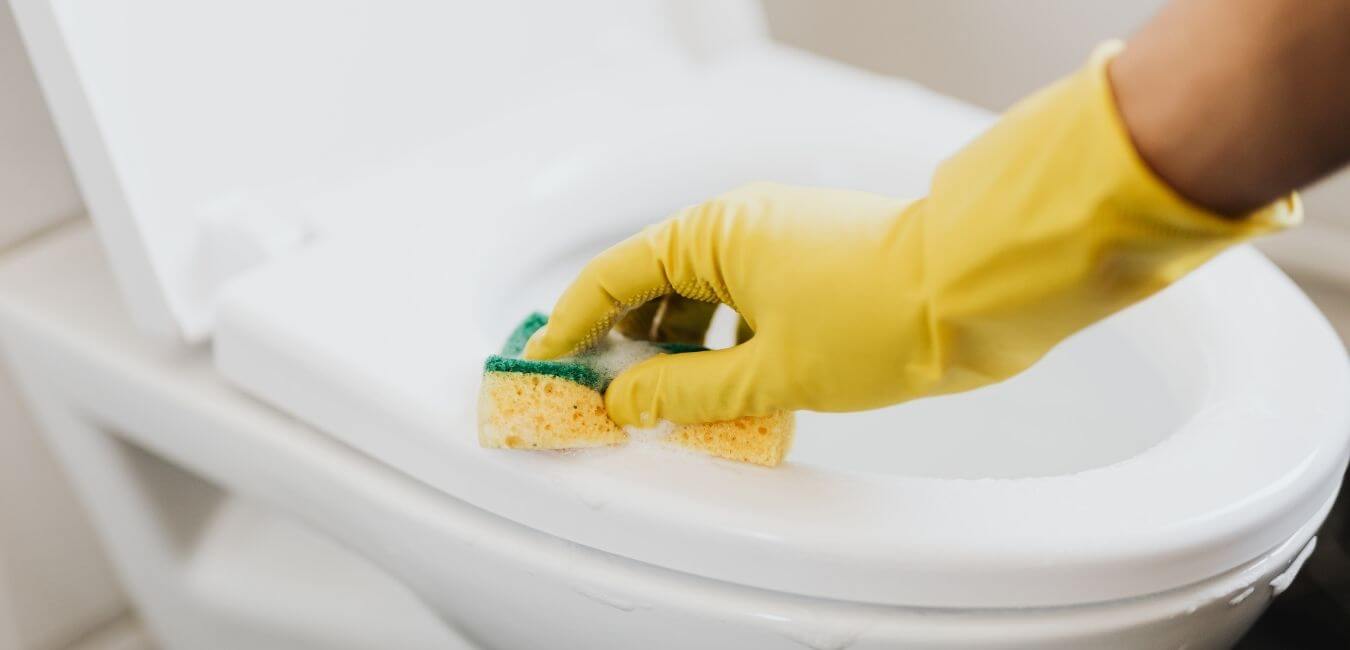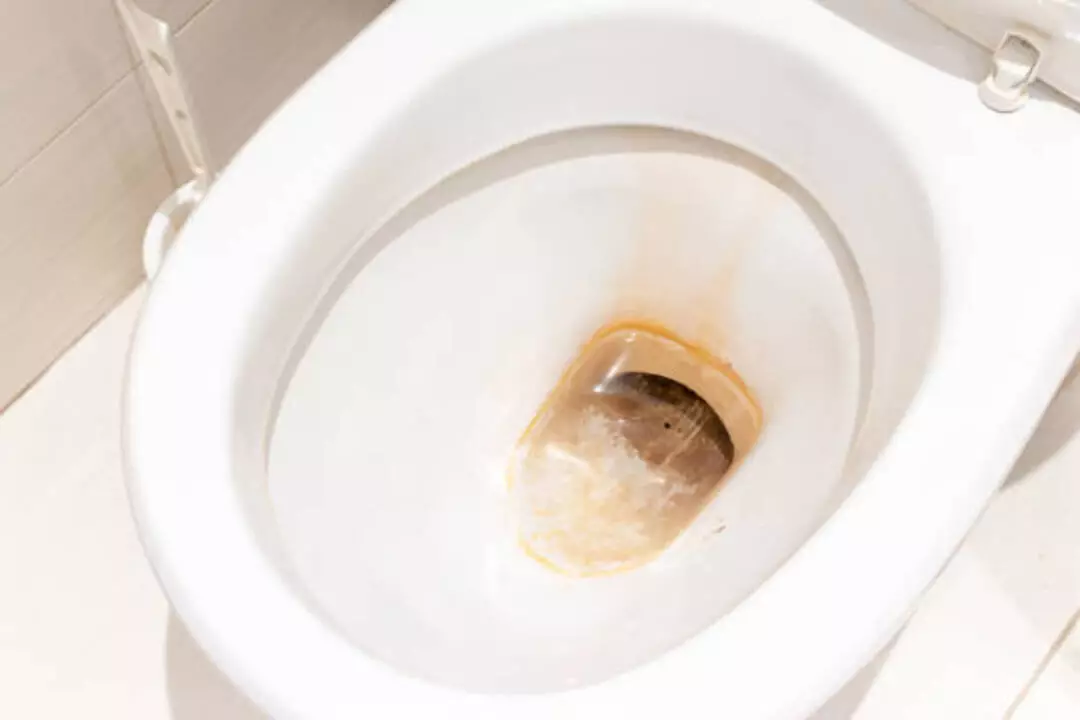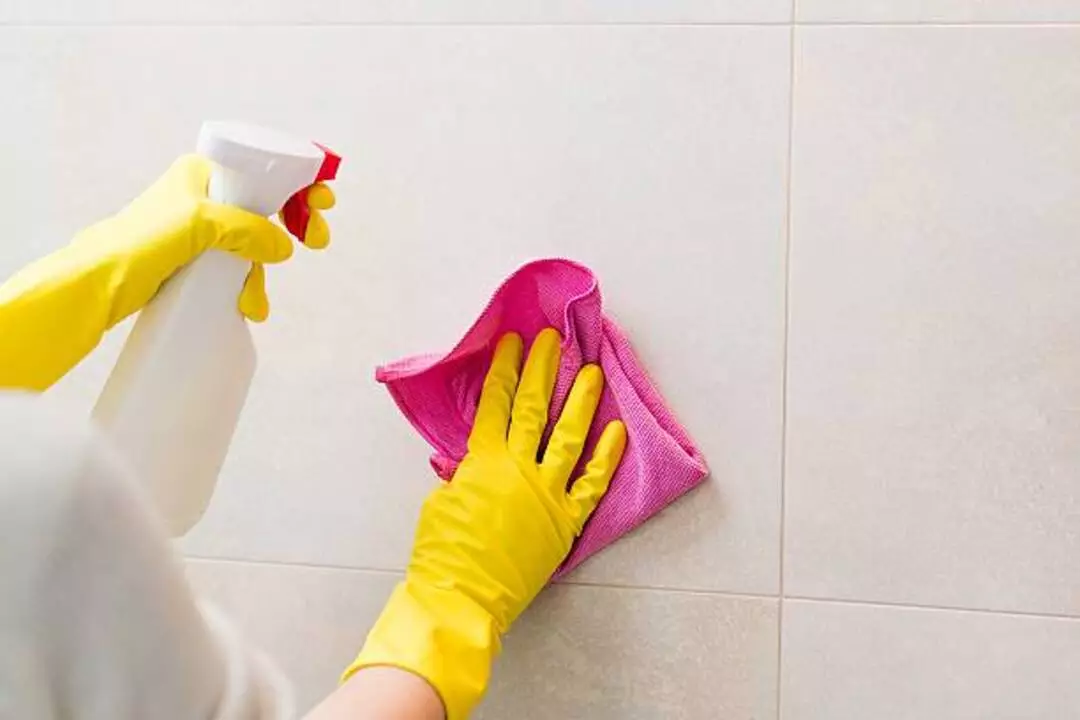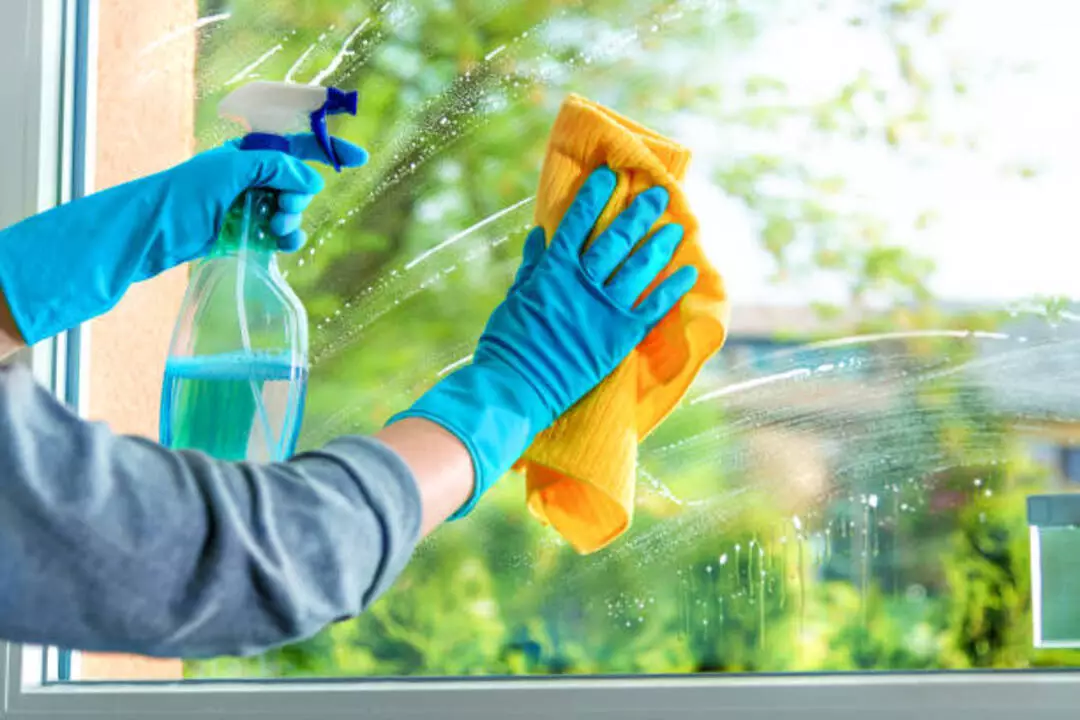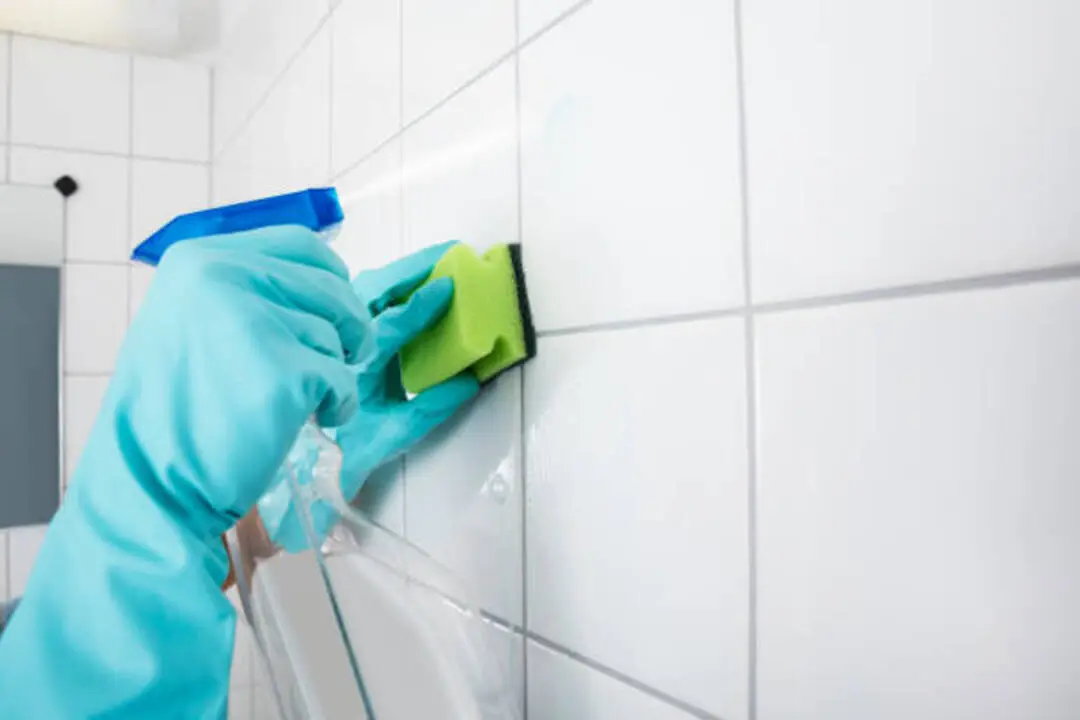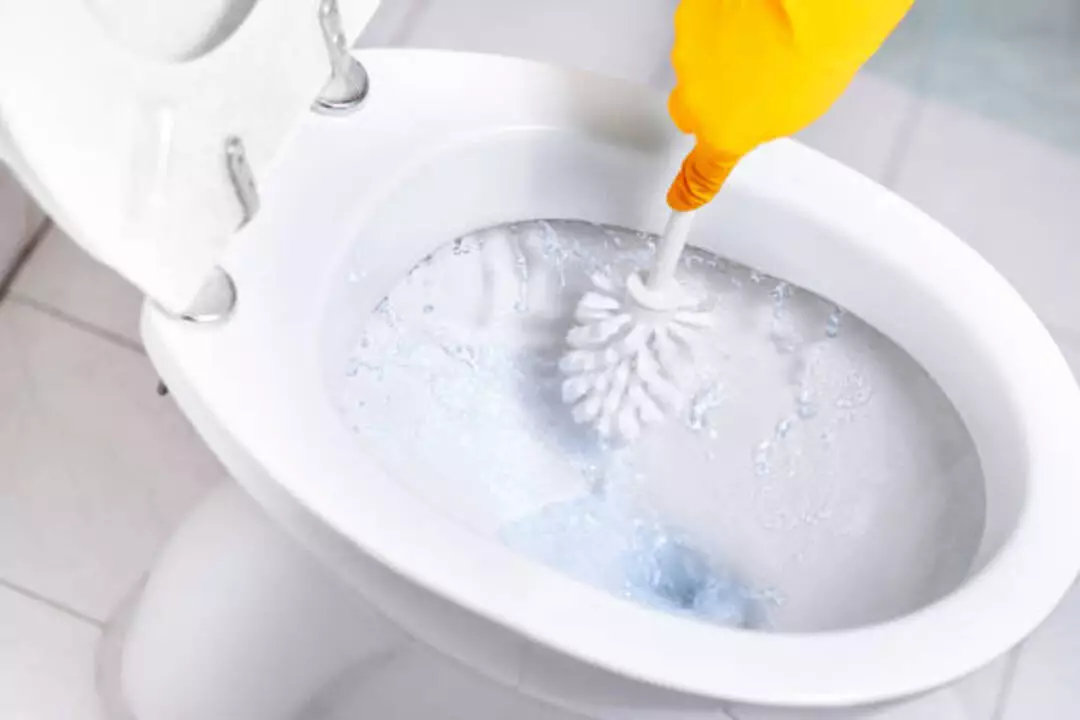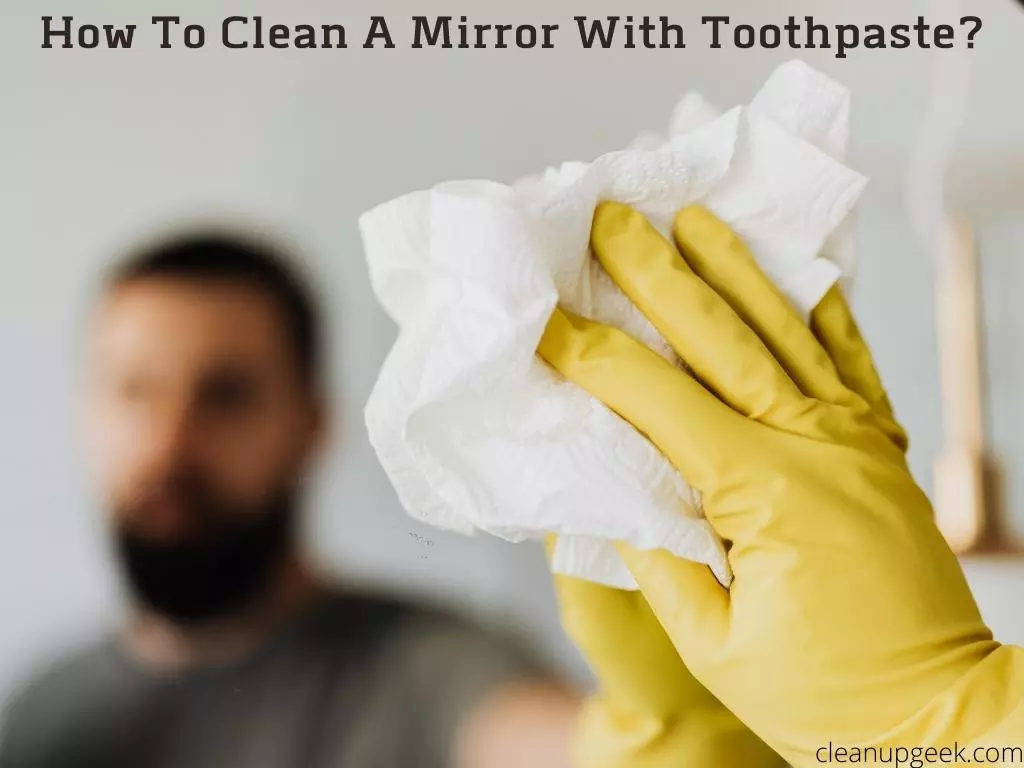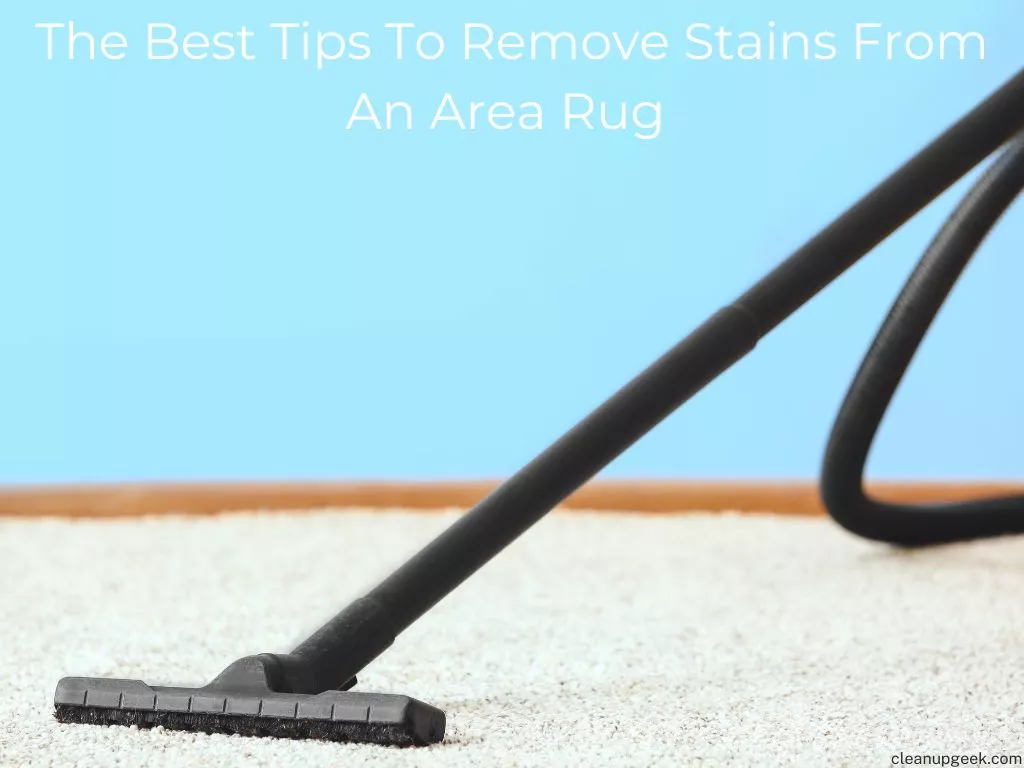Are you struggling with dirty appliances that make your kitchen look grimy and unsanitary? It’s a known fact that regularly cleaning and disinfecting kitchen appliances is not only hygienic, but it also extends their lifespan.
This blog offers comprehensive guidance on effectively deep cleaning your appliances to keep them shining like new and germ-free. Get ready for expert tips on gleaming ovens, spotless blenders, and much more!
KEY INFORMATION
- Regular cleaning and disinfecting of kitchen appliances is important for removing harmful bacteria, improving efficiency, and extending their lifespan.
- Factors to consider before cleaning appliances include the type of material and finish, specific cleaning instructions, and safety precautions.
- Step-by-step guides for cleaning different kitchen appliances such as refrigerators, ovens, stove tops, microwaves, dishwashers, and coffee makers are provided in the article.
Why Cleaning and Disinfecting Your Kitchen Appliances is Important

Cleaning and disinfecting your kitchen appliances is important because it helps to remove harmful bacteria, improve efficiency, and extend their lifespan.
1. Remove harmful bacteria
Germs have no place in a clean kitchen. They hide on stoves, fridges, and other appliances. These germs can grow into harmful bacteria. This bacteria may make us sick. Cleaning is not just about making things look nice.
It also helps remove these bad bugs. Use soap and water first for cleaning. Do this before you start to disinfect any appliance or surface. Also, don’t use bleach, as it can spoil your food with its smell and taste.
2. Improve efficiency
Cleaning and disinfecting your kitchen appliances can actually help improve their efficiency. When appliances are dirty or clogged with grease and grime, they may not work as effectively as they should.
For example, a refrigerator with dirty coils may have to work harder to keep food cold, leading to increased energy consumption. By regularly cleaning your appliances, you can ensure that they operate at peak performance, saving you money on energy bills in the long run.
In addition, cleaning your appliances helps remove any buildup or debris that could be obstructing their functionality. A clogged dishwasher filter or a greasy stove burner can prevent these appliances from working properly.
By keeping them clean and free from obstructions, you’ll be able to use them more efficiently and enjoy better results.
Regular maintenance also plays a role in improving efficiency. By maintaining your appliances according to the manufacturer’s guidelines, such as changing filters or descaling coffee makers, you can extend their lifespan and avoid costly repairs down the line.
3. Extend lifespan
Taking care of your kitchen appliances can help extend their lifespan. Regular cleaning and maintenance ensure that they function properly and last longer. By keeping them clean, you prevent dirt, grime, and food particles from building up, which can cause damage over time.
Proper cleaning also reduces the risk of corrosion on metal surfaces and helps prevent any potential malfunctions. Following the specific cleaning instructions for each appliance and using the right cleaning products will help keep them in good condition for years to come.
Step-by-Step Guide to Cleaning and Disinfecting Kitchen Appliances
Watch this Video
TITLE: Complete Kitchen Deep Cleaning Guide: Step-By-Step Tutorial
Learn how to effectively clean and disinfect your kitchen appliances with our easy-to-follow step-by-step guide.
Refrigerator
To clean and disinfect your refrigerator, start by unplugging it and removing all the food. Mix a solution of equal parts water and vinegar in a spray bottle. Spray the mixture inside the fridge, including shelves, drawers, and walls.
Wipe down everything with a clean cloth or sponge.
For tougher stains or odors, you can make a paste using baking soda and water. Apply the paste to stubborn areas, let it sit for a few minutes, then scrub gently with a toothbrush or sponge.
Don’t forget to clean the exterior of your fridge as well. Use mild soap and water to wipe down the doors and handles. Avoid using harsh chemicals or abrasives that could damage the surface.
Oven
To keep your oven clean and free from harmful bacteria, regular cleaning is essential. Start by removing any large food debris or spills from the oven. Then, mix a paste of baking soda and water and spread it all over the interior surfaces of the oven.
Let it sit for at least 30 minutes to loosen stubborn stains and grease. After that, wipe down the surfaces with a damp cloth or sponge. For tough spots, use a nylon brush or scrubbing pad.
Finally, rinse off any residue with water and dry thoroughly.
For disinfecting your oven, vinegar can be an effective natural cleaner. Fill a spray bottle with equal parts vinegar and water, then spritz it onto the interior surfaces of the oven.
Allow it to sit for about 15 minutes before wiping it away with a clean cloth or sponge.
Stovetop
To clean your stovetop, start by removing the grates and burner caps. Soak them in warm soapy water, then scrub away any grease or residue with a sponge or brush. Wipe down the surface of the stove with a mixture of vinegar and water to remove stains and disinfect.
Use a non-abrasive cleaner for stubborn spots. Don’t forget to clean the knobs and control panel as well. Dry everything thoroughly before reassembling. Regular cleaning will keep your stovetop looking great and prevent buildup that can affect its performance.
Microwave
To clean your microwave, start by wiping down the interior with a mixture of soap and water. Use a microwave-safe bowl filled with water and vinegar to steam-clean stubborn stains or odors.
Heat the mixture for a few minutes, then let it sit inside for another couple of minutes before carefully removing it. Next, wipe down the exterior with a damp cloth and mild soap.
Make sure to pay attention to buttons and knobs as well. Don’t forget to clean the turntable separately using warm soapy water or in the dishwasher if it’s dishwasher-safe. Regular cleaning of your microwave helps remove food debris and prevents any buildup that could affect its performance over time.
Dishwasher
To clean and disinfect your dishwasher, start by removing any food particles or debris from the filter. Scrub it gently using a toothbrush and warm soapy water, then rinse it thoroughly.
Next, wipe down the interior of the dishwasher with a mixture of vinegar and water to remove any mineral deposits or stains. Pay special attention to areas like the door seal and spray arm.
Run an empty cycle with a cup of vinegar on the top rack to further sanitize the dishwasher. Finally, wipe down the exterior with a damp cloth and mild detergent to keep it looking clean and shiny.
Coffee maker
To keep your coffee maker clean and ready to brew the perfect cup of joe, follow these simple steps. First, make sure to unplug the coffee maker and let it cool down before cleaning.
Then, remove any leftover coffee grounds from the filter basket and discard them. Next, wash the removable parts like the carafe, lid, and filter basket with warm soapy water or in a dishwasher if they are dishwasher-safe.
To tackle mineral buildup and stains inside the coffee maker, fill the reservoir with equal parts vinegar and water. Run a brewing cycle without any coffee grounds to allow the mixture to clean out any residue.
After that, run two cycles of plain water through the machine to rinse away any remaining vinegar taste.
Don’t forget about other areas that can collect grime like the exterior of your coffee maker or underneath it where spills may occur. Wipe down these surfaces with a damp cloth or sponge using mild soap if necessary.
Factors to Consider Before Cleaning Your Appliances

Before cleaning your kitchen appliances, it’s important to consider factors such as the type of material and finish, specific cleaning instructions, and safety precautions.
1. Type of material and finish
When cleaning and disinfecting your kitchen appliances, it’s important to consider the type of material and finish they have. Different materials require different cleaning methods to avoid damage.
For stainless steel appliances, you can use a vinegar and water solution to remove fingerprints and smudges. Avoid abrasive cleaners that can scratch the surface. For plastic or glass surfaces, mild dish soap and water are usually sufficient.
When dealing with delicate finishes like painted or enamel surfaces, be gentle and avoid harsh scrubbing or abrasive cleaners that could strip away the finish. By taking into account the material and finish of your appliances, you can ensure a thorough yet safe cleaning process for your kitchen appliances.
2. Specific cleaning instructions
Cleaning and disinfecting kitchen appliances properly is crucial for maintaining a clean and healthy environment in your kitchen. Here are some specific cleaning instructions to help you keep your appliances sparkling clean:
1. Refrigerator: Start by emptying the contents of your fridge. Remove all shelves, drawers, and trays, then wash them with warm, soapy water. Wipe down the interior walls of the fridge using a solution of vinegar and water.
Don’t forget to clean the rubber gasket around the door as well.
2. Oven: Before cleaning your oven, make sure it has completely cooled down. Remove any loose crumbs or debris from the inside by wiping them away with a damp cloth or sponge. For stubborn stains or grease build-up, use an oven cleaner according to the manufacturer’s instructions.
3. Stovetop: If you have a gas stove, remove the grates and burner caps before cleaning them with warm soapy water. For electric stovetops with coil burners, carefully lift up each element to assess any spills or stains underneath.
3. Safety precautions
To ensure your safety while cleaning and disinfecting kitchen appliances, there are a few important safety precautions to keep in mind. First, always unplug the appliance before starting any cleaning or maintenance tasks.
This will help prevent any electrical accidents. Second, wear gloves to protect your hands from any chemicals or hot surfaces. Third, read and follow the manufacturer’s instructions for proper cleaning procedures specific to each appliance.
Fourth, avoid using harsh chemicals or abrasive materials that could damage the appliances or leave residue behind. Instead, opt for eco-friendly cleaners and gentle scrub brushes or microfiber cloths.
General Tips for Cleaning and Maintaining Kitchen Appliances

To ensure successful cleaning and maintenance of your kitchen appliances, work from top to bottom for maximum efficiency and effectiveness.
Work from top to bottom
When cleaning and disinfecting your kitchen appliances, it’s important to work from top to bottom. This means starting with the higher surfaces and gradually moving down. By doing this, you ensure that any dirt or debris from upper surfaces doesn’t fall onto already cleaned areas.
For example, when cleaning your refrigerator, start by wiping down the top shelves and work your way down to the crisper drawers at the bottom. The same goes for other appliances like ovens, stove tops, microwaves, dishwashers, and coffee makers.
By following this methodical approach, you can effectively remove dirt and germs while preventing cross-contamination throughout your kitchen appliances.
Use sustainable products
To make your cleaning routine more eco-friendly, consider using sustainable products. Instead of harsh chemicals, opt for natural alternatives like vinegar and baking soda. These ingredients are effective at disinfecting and removing stains without harming the environment.
You can also use club soda to clean stainless steel appliances, as it leaves a streak-free shine. Additionally, look for reusable cleaning tools such as microfiber cloths and brushes made from recycled materials.
By choosing sustainable options, you can reduce your carbon footprint while keeping your kitchen appliances clean and germ-free.
Regular maintenance
To keep your kitchen appliances in top shape, regular maintenance is key. By following a few simple steps, you can ensure that your appliances continue to work efficiently and last longer.
First, make sure to clean your appliances regularly to remove any dirt or grime. Use soap and water for the interior of the appliances and wipe down stainless steel surfaces with a vinegar and water solution.
Additionally, it’s important to perform routine maintenance tasks specific to each appliance. For example, clean the filters and screens in your dishwasher regularly to prevent clogs and improve its performance.
How to Clean and Disinfect Small Appliances

To clean and disinfect small appliances such as blenders, toasters, slow cookers, waffle irons, instant pots, and griddles, follow these simple steps.
Blender
To clean and disinfect your blender, start by unplugging it and removing any remaining food or liquid. Take apart the blender components, such as the pitcher, lid, and blade assembly.
Wash these parts with warm soapy water, using a sponge or brush to remove any residue. Rinse them thoroughly with water to ensure all soap is removed. For tougher stains or odors, you can blend a mixture of warm water and dish soap in the blender for a few minutes before rinsing it out.
To sanitize the blender, fill it halfway with water and add one tablespoon of bleach. Blend this mixture on high for several seconds before emptying it out and rinsing everything again with clean water.
Toaster
To clean your toaster, start by unplugging it and removing any crumbs from the bottom tray. Then wipe down the exterior with a damp cloth and mild soapy water. Use a toothbrush to scrub away stubborn stains if needed.
For stainless steel toasters, you can make a paste of baking soda and water to remove fingerprints and smudges. Rinse with a clean cloth and dry thoroughly before plugging it back in.
Remember, never immerse your toaster in water or use abrasive cleaners as they can damage the appliance. By keeping your toaster clean, you’ll ensure that it continues to toast your bread evenly and efficiently for years to come.
Slow cooker
Cleaning and disinfecting your slow cooker is essential for maintaining a hygienic kitchen. To clean your slow cooker, start by unplugging it and allowing it to cool down completely.
Remove the ceramic insert and wash it with warm, soapy water. Rinse it thoroughly before drying it off. If there are any stubborn stains or residue, you can soak the insert in a mixture of baking soda and water for about 30 minutes before scrubbing gently with a sponge or cloth.
Next, wipe down the exterior of the slow cooker using a damp cloth or sponge. Be careful not to get any water into the electrical components of the appliance. For disinfection, you can use a solution of equal parts vinegar and water.
Simply spray this mixture onto the surfaces of your slow cooker and let it sit for a few minutes before wiping it off.
Waffle iron
To clean your waffle iron, start by unplugging it and letting it cool down completely. Then, use a damp cloth or sponge to wipe away any crumbs or batter on the surface. For stuck-on residue, you can gently scrub with a soft brush or toothbrush.
Avoid using abrasive cleaners as they can damage the non-stick coating. If there are removable plates, take them out and clean them separately with warm soapy water. Dry everything thoroughly before reassembling the waffle iron.
Remember not to submerge the whole appliance in water to prevent damage. Regular cleaning of your waffle iron will help remove any leftover food particles and keep it working properly for years to come.
Instant Pot
To clean and disinfect your Instant Pot, start by unplugging it and allowing it to cool down. Remove the inner pot, sealing ring, steam rack, and any other removable parts. Wash these items with warm soapy water or place them in the dishwasher if they are dishwasher-safe.
Wipe down the exterior of the Instant Pot with a damp cloth or sponge using mild dish soap. Be sure to pay attention to any food residue or stains. To sanitize the Instant Pot, you can use a mixture of equal parts water and distilled white vinegar.
Pour this solution into the inner pot and let it sit for a few minutes before rinsing thoroughly. You can also wipe down the gasket (sealing ring) with a cloth soaked in this solution.
Griddle
To clean and disinfect a griddle, start by scraping off any food residue with a spatula. Then, wipe it down with warm soapy water using a cloth or sponge. Rinse well to remove all soap residue.
For stubborn stains, make a paste of baking soda and water and apply it to the affected areas. Let it sit for a few minutes before scrubbing gently with a non-abrasive pad or brush.
Rinse again and dry thoroughly. To disinfect, spray the griddle surface with vinegar or use an antibacterial cleaner specifically designed for kitchen appliances. Allow it to sit for a few minutes before wiping clean.
FAQs

1. What is ‘The Ultimate Guide to Cleaning and Disinfecting Kitchen Appliances’ about?
It’s a step-by-step guide that shares tips, methods, and techniques for cleaning household kitchen appliances like coffee makers, dishwashers, and microwaves.
2. How does this guide help in maintaining kitchen hygiene?
This guide explains how to properly clean appliances so you can get rid of germs in the kitchen. It also gives advice on keeping your kitchen safe from cross-contamination.
3. Can I use eco-friendly practices while following this cleaning guide?
Yes! The ultimate guide includes eco-friendly choices for cleaning as well as sanitizing your appliances and keeping them in good shape.
4. Can it show me how to clean stainless steel appliances without damaging them?
Absolutely! You will find helpful tips on using items such as stainless steel wipes that safely clean these types of machines without causing harm.
5. Will this dishwashing technique keep my machine germ-free?
Following the dishwasher cleaning steps given keeps your machine not just neat but also free from harmful bugs thereby ensuring a sanitary kitchen environment.
Conclusion and final thoughts
In conclusion, this ultimate guide provides you with all the necessary tips and techniques to effectively clean and disinfect your kitchen appliances. By following these steps, you can ensure that harmful bacteria are removed, efficiency is improved, and the lifespan of your appliances is extended.
With proper care and maintenance, you can keep your kitchen sanitary and prevent cross-contamination. So roll up your sleeves, grab some vinegar and baking soda, and get ready to make your appliances shine!
